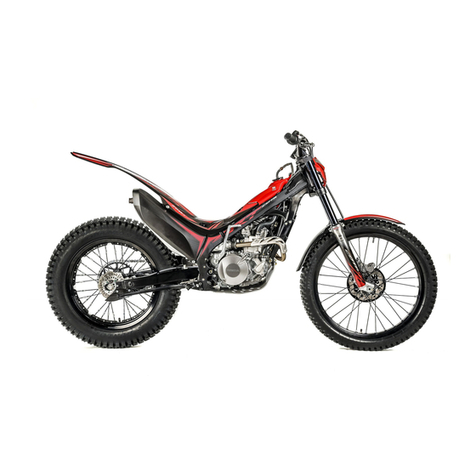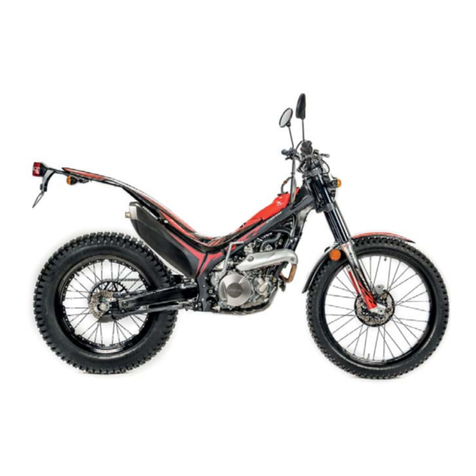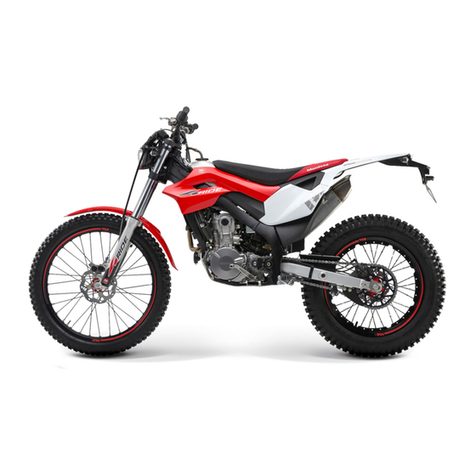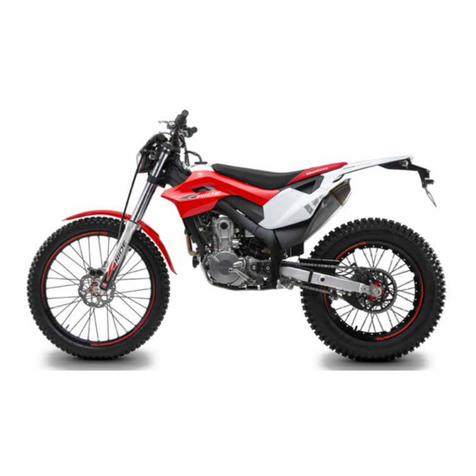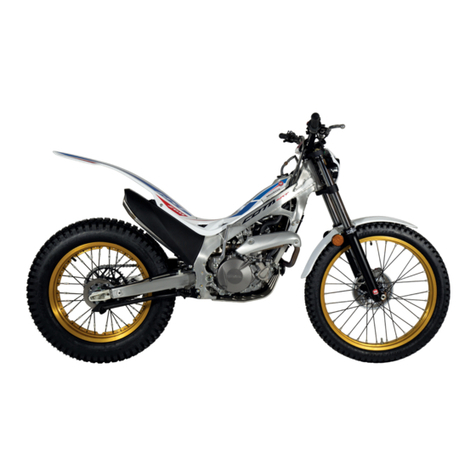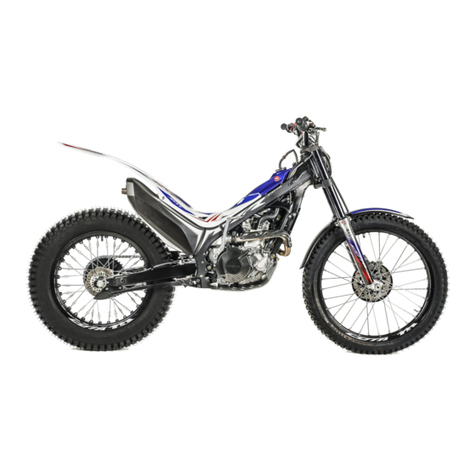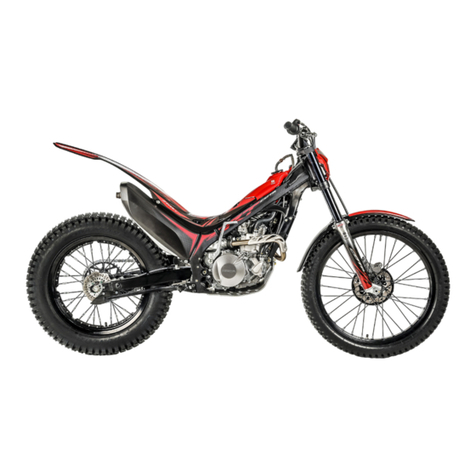
Contents
1. Operating instructions
Operation component locations (2ED).............. 1-1
Operation component locations (4ED).............. 1-2
Fuel ............................................................ 1-3
Coolant ....................................................... 1-3
Basic Operation ............................................ 1-3
Odometer/Speedometer (2ED) ........................ 1-5
Steering lock................................................ 1-6
Shifting gears .............................................. 1-7
Braking ....................................................... 1-7
Parking........................................................ 1-8
Controls ...................................................... 1-8
2. Service data
Specifications .............................................. 2-1
Service data................................................. 2-2
Torque Values.............................................. 2-5
Tools .......................................................... 2-7
Lubrication & Seal Points............................... 2-8
Cable & Harness Routing (2ED) ...................... 2-11
Cable & Harness Routing (4ED) ...................... 2-12
Cable & Harness Routing ............................... 2-14
3. Service and maintenance
Maintenance schedule................................... 3-1
Pre-ride Inspection ........................................ 3-1
Warming-up Inspection.................................. 3-2
Ride Inspection............................................. 3-2
After Ride Inspection .................................... 3-2
Replacement Parts ........................................ 3-2
Fuel Line ..................................................... 3-3
Air Cleaner .................................................. 3-3
Spark Plug ................................................... 3-4
Valve Clearance ........................................... 3-4
Engine Oil/Oil Filter ....................................... 3-6
Engine Idle Speed ......................................... 3-8
Transmission Oil........................................... 3-8
Coolant ....................................................... 3-9
Clutch System ............................................. 3-10
Exhaust Pipe And Muffler .............................. 3-10
Drive Chain.................................................. 3-11
Drive Chain Slider ......................................... 3-11
Drive/Driven Sprockets.................................. 3-12
Brake Fluid .................................................. 3-13
Brake Pad Wear............................................ 3-14
Brake System............................................... 3-14
Handlebar And Steering Head Bearings............ 3-15
Wheels And Tires ......................................... 3-15
Front Suspension.......................................... 3-16
Fork............................................................ 3-16
Rear Suspension........................................... 3-17
Front headlight and front and rear position light.3-18
Cleaning...................................................... 3-19
Storage ....................................................... 3-19
4. Engine servicing
Oil Pressure Relief Valve................................ 4-1
Oil Pump ..................................................... 4-1
Disassembly / Installation of fuel feed hose .... 4-4
Fuel Line Inspection ...................................... 4-5
Fuel Tank/Fuel Pump..................................... 4-7
Injector ....................................................... 4-13
Throttle Body ............................................... 4-13
Water Seal And Bearing Replacement.............. 4-15
Radiator Removal/Installation ......................... 4-17
Engine Removal/Installation............................ 4-18
Cylinder Compression ................................... 4-20
Cylinder Head Removal ................................. 4-23
Cylinder Head Disassembly ............................ 4-25
Cylinder Head Inspection ............................... 4-26
Valve Guide Replacement .............................. 4-27
Valve Seat Inspection/Refacing ...................... 4-28
Cylinder Head Assembly................................ 4-31
Cylinder/Piston ............................................. 4-32
Cylinder Head Installation .............................. 4-37
Camshaft/Cylinder Head Cover Installation....... 4-38
Right Crankcase Cover .................................. 4-40
Clutch Slave Cylinder .................................... 4-41
Clutch......................................................... 4-43
Kickstarter................................................... 4-46
Gearshift Linkage.......................................... 4-47
Left Crankcase Cover.................................... 4-49
Flywheel ..................................................... 4-52
Crankcase Separation/Disassembly ................. 4-54
Crankshaft/Transmission Inspection ................ 4-56
Crankcase Bearing Replacement ..................... 4-56
Transmission Assembly ................................. 4-58
Crankcase Combination ................................. 4-59
5. Frame servicing
Front Wheel ................................................. 5-1
Fork............................................................ 5-3
Steering stem .............................................. 5-12
Rear Wheel .................................................. 5-15
Shock Absorber............................................ 5-16
Shock Linkage.............................................. 5-19
Swingarm.................................................... 5-20
Front Brake Pad Replacement......................... 5-24
Rear Brake Pad Replacement.......................... 5-25
Front brake caliper ........................................ 5-26
Rear brake caliper ......................................... 5-27
Front master cylinder .................................... 5-28
Rear master cylinder ..................................... 5-29
Brake pedal.................................................. 5-29
Clutch master cylinder .................................. 5-30
6. Electrical servicing
Charging system inspection ........................... 6-1
Ignition system inspection ............................. 6-3
PGM-FI System inspection ............................. 6-5
PGM-FI Self-diagnosis malfunction indicator lamp
(MIL) failure codes ........................................ 6-8
Bank angle sensor inspection ......................... 6-9
Engine stop switch inspection ........................ 6-10
Cooling fan system inspection........................ 6-10
Chapter lights / instruments / switches (2ED)... 6-11
Speed sensor (2ED) ...................................... 6-15
Horn (2ED) .................................................. 6-16
Wiring diagram (2ED) .................................... 6-17
Wiring diagram (4ED) .................................... 6-18
